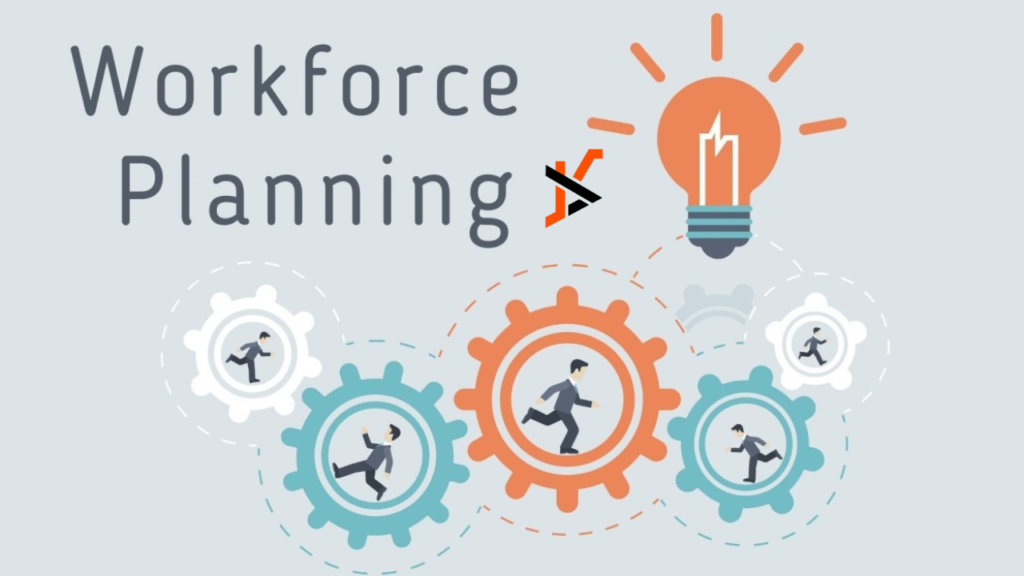In today’s fast-paced and competitive business environment, workforce alignment has become a critical factor for organizational success. As companies grow and diversify, ensuring that employees are aligned with the company’s goals, values, and culture is essential to achieving long-term sustainability and growth. But what exactly does workforce alignment mean, and how can it benefit your organization? Let’s explore.
What is Workforce Alignment?
Workforce alignment refers to the process of ensuring that every member of an organization is working toward the same set of objectives. It involves aligning individual roles, behaviors, and goals with the overall strategy of the organization. When an organization achieves workforce alignment, employees are more likely to contribute to the company’s success because they understand how their efforts directly impact the company’s objectives.
Workforce alignment involves more than just ensuring that employees know their tasks. It also requires creating a shared sense of purpose, fostering collaboration, and motivating employees to work together towards common goals. This process also includes performance management, employee engagement, and leadership development, all of which contribute to creating a high-performing and cohesive workforce.
Why is Workforce Alignment Important?
There are several reasons why workforce alignment is crucial for any organization:
- Improved Productivity: When employees understand their roles within the broader context of company goals, they are more likely to stay focused on their tasks and work efficiently. This leads to better productivity across the organization.
- Better Decision-Making: Aligned employees are more likely to make decisions that support the company’s strategic direction, reducing the chances of misaligned or counterproductive actions.
- Enhanced Employee Engagement: When employees feel aligned with the company’s values and objectives, they are more likely to be engaged in their work. Engagement is linked to higher levels of job satisfaction and retention, which helps organizations reduce turnover.
- Stronger Company Culture: Workforce alignment supports the development of a strong company culture. When employees share common goals and values, it fosters a sense of unity and teamwork that contributes to a positive and productive workplace.
How to Achieve Workforce Alignment
Achieving alignment across an organization requires a multifaceted approach. Here are a few key strategies that can help businesses ensure their workforce is aligned:
- Clear Communication of Vision and Goals: It is essential that leadership communicates the company’s vision, mission, and objectives clearly and frequently. This helps employees understand how their individual contributions fit into the larger picture. Regular updates and discussions about the company’s progress can also keep employees engaged and focused on their goals.
- Employee Development: Investing in employee development programs, such as training and leadership development, can ensure that employees have the skills they need to contribute effectively. This also shows employees that the company is invested in their success and growth.
- Performance Management Systems: A robust performance management system that includes regular feedback, recognition, and accountability can help ensure that employees stay aligned with the company’s goals. Clear expectations and regular check-ins make it easier to track progress and adjust strategies as needed.
- Promote Collaboration and Teamwork: Encouraging cross-departmental collaboration and teamwork is an effective way to ensure that employees understand how their work fits into the larger company strategy. Creating a collaborative environment can help employees feel more connected to the company’s overall mission.
- Incorporating Technology: Leveraging workforce management tools and software can streamline the alignment process. Tools that track employee goals, performance metrics, and team collaboration can provide valuable insights into how well employees are aligned with company objectives.
The Role of Leadership in Workforce Alignment
Effective leadership is essential for achieving workforce alignment. Leaders must not only set clear expectations but also model the behaviors and values they want to see in their teams. They should foster a culture of trust and openness, where employees feel comfortable sharing ideas and concerns.
Leadership training is also crucial to ensure that managers can effectively communicate the company’s goals and values to their teams. By empowering leaders at every level, organizations can create a consistent message that reinforces alignment throughout the company.
How AlignMark Can Help
AlignMark is a leader in helping organizations align their workforce to maximize productivity and employee engagement. They offer a range of workforce solutions, including talent management and assessment tools, to help businesses understand their employees’ strengths and areas for improvement. AlignMark’s comprehensive solutions are designed to streamline the alignment process and ensure that every employee is contributing to the company’s success.
For more information on how AlignMark can help your organization achieve workforce alignment, visit alignmark.com.
Conclusion
Achieving workforce alignment is not a one-time task but an ongoing process that requires attention, commitment, and the right strategies. By ensuring that employees are aligned with the company’s vision, goals, and values, businesses can improve productivity, decision-making, and employee engagement, all of which contribute to long-term success. By leveraging tools like those offered by AlignMark, companies can streamline the alignment process and create a more cohesive and effective workforce.

